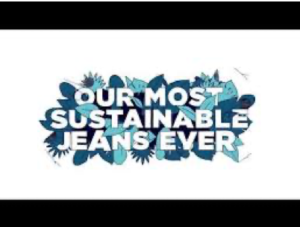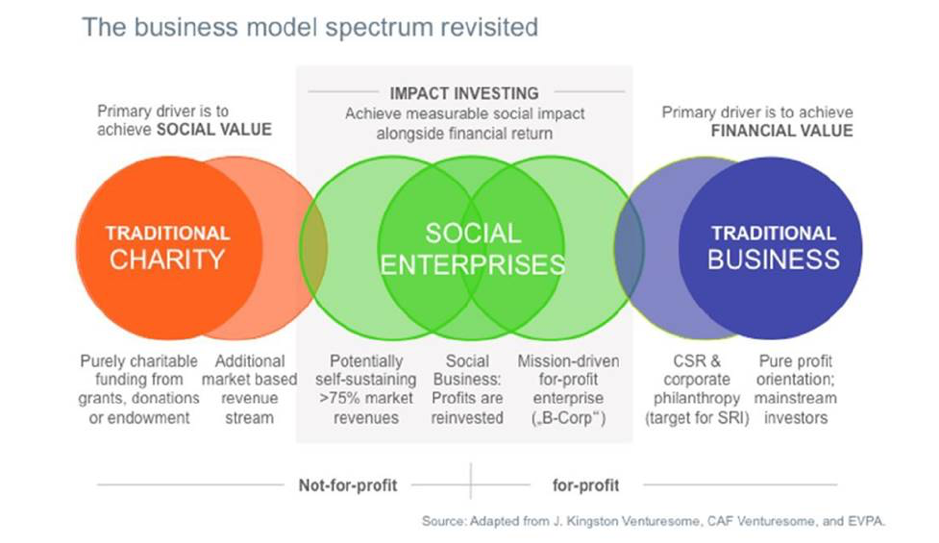Social innovation is increasingly practised to meet our current social needs such as tackling climate change, responsible use of our resources and giving people equal and fair access to wealth, education and labour.
What’s the role of Intellectual Property (IP) in social innovation? Does IP stimulate or hamper social innovation? What do organizations, who aim to find solutions through social innovation, choose; open or closed innovation strategies? Is there a secret recipe on how to use IP in the best way in order to realize objectives of social innovation?
At the initiative of Ms Raluca Radu, Legal Director of Fairphone, a panel discussion on the role of IP in social innovation will take place at the IP World Summit in Amsterdam on Wednesday 23 October 2019. We hope to present an engaging discussion with different perspectives from industry, academia and the civil society.

Raluca asked me to introduce the ‘Innovation Matrix’ there (please refer to the visual at the left) to discuss how it can be used to create strategies designed for social innovation. In this blog I would like to share some aspects that may influence approaches for social innovation. To know more, visit us at the IP World Summit!
In applying this Matrix to the field of social innovation, it gives an overview of nine possible innovation & IP strategies. The x-axis of the Matrix represents how many parties you can work with: open versus closed innovation, so whether you innovate individually, with some parties or with many parties. The y-axis represents the approach taken towards IP: whether the organization guards their IP, licenses it to some or instead reveals it to many. The four corners of the Matrix are the extremes with Classical R&D, Reveal to the Public, Open Source and Crowd Innovation. For a more detailed explanation including many real life examples, please refer to our book ‘The Innovation Matrix, 3 moves to design a winning strategy for Innovation & Intellectual Property’, BIS Publishers, Amsterdam, 2019.
One of the outcomes of our research is that the most successful organizations often combine two or three strategy boxes from the Matrix instead of just applying one strategy for one product or service. The success lies in the combination, based on the needs and objectives of the organization. The context within which an organization makes these choices can be analysed in a structured and fast way by using the following six so called ‘Building Blocks’: interests, contributions, technology, business model, industry, and organization (‘Move 1’ in our book).
The first case-study to highlight is that from ColorADD.

They developed a code for a colour identification system to help the colour blind. Their business model is based on two pillars: a pro bono licensing system (for free) for use of their code in the education field and sale of the code through license fees for all other markets. In this example you see that ColorADD differentiates their strategy based upon the use of their product in a market. Is it their interest to diffuse their code as much as possible in the education channels, and through that have it known in other markets too? Is the social impact the highest in the field of education? And/or does the diffusion of their code via education boost their business model to make profits via license fees in other markets? The answers to these questions determine their strategy!

Source: http://www.coloradd.net/
Another example is G-Star

This brand is known for designing, producing and selling jeans worldwide. One of their key social innovations is that they developed sustainable jeans (‘our most sustainable jeans ever’ as they say). G-Star decided to make the process to produce this most sustainable jeans open source. How does this work for their business model? They distinguish themselves on their core: branding and design. The sustainable production process of the jeans fabric as raw material is not considered as the core they want to compete with. Instead they share their invention in order to enable their industry to produce and become more sustainable as a whole (this is a joint interest).
Source: https://www.g-star.com/nl_nl/sustainablejeans
Another outcome of our research is that building an Innovation & IP strategy is dynamic

You can start at a specific box in the Matrix and over time feel the need to move in another direction (involve more or less parties and/or become more or less protective regarding IP). For example some companies start developing their IP in a closed setting and after some time they decide to reveal their IP to the public for several reasons. A famous case here is that of Tesla. Tesla started developing their electrical vehicle technology as classical R&D. After some time Elon Musk realized that the classical car manufacturers were his biggest competitor and that by revealing the IP to the public, knowledge would be shared amongst the electrical car manufacturers and the eco-system he wants to transform. The needed infrastructure would be scaled up in a shorter timeframe and cost could be shared amongst the parties in the upcoming electrical car industry.
https://www.tesla.com/blog/all-our-patent-are-belong-you
A last case is that of Fairphone
![]()
They develop and sell smartphones that aim to improve the industry and consumer approach to sustainable electronics. A Fairphone is designed for longevity, easy repair and modular upgrades and aims to provide software maintenance for five years. The phone also integrates recycled, and responsibly mined materials materials from sustainable supply chains that also strive for better working conditions with employee representation, income and growth opportunities for all. A Fairphone is sold not only with technical specifications, but also with fair specifications. The tech specs range between a mid and a high end mobile device, whereas the fair specs are the ones where the core innovation happens. This triggers the question of how to deal with the created IP, especially since the company’s mission boldly states that Fairphone aspires to motivate the industry to act more responsibly. The number of industry followers is one of the company’s core metrics by which it measures its success. Fairphone generally used their know-how and IP to provide a platform of co-creation and innovation on electronics fair specs. Using social innovation as a source for good, but also as your core business model raises a couple of interesting questions. What are the metrics for quantifying the value of social innovation? What IP can be attached to it? What is the level of openness required to achieve Fairphone’s mission that also makes business sense?
Raluca will tell more about these and other key factors influencing their strategy design at the Forum next week. Can’t wait to hear more!

https://www.fairphone.com/en/impact/
In general there are no right or wrong answers to the questions raised. It’s all about creativity and context. What we can learn from the cases as described is that organizations engaging in social innovation need to carefully consider what their core is in order to have a robust business model in order to be able to achieve their social goals and how IP can be diffused to create a social impact or as a catalyst for their business model. There are many options in leveraging IP in order to boost social innovation and social business models.
Lastly, it is note-worthy to acknowledge that on a scale of companies being 100% commercial versus organizations being 100% social, many organizations operate in the zone between these extremes. This diversity is creating multiple dimensions where synergies are created and new business models can emerge. Also, the Matrix is not black and white. It is a tool that you can use creatively to define your strategy based on your specific context. As mentioned earlier, the most successful organizations use several strategies for their technology/product or service.

Source: Adapted from J.Kingston Venturesome, CAF Venturesome, and European Venture Philantropy Association (2015)
https://www.sosense.org/the-finance-paradoxon-for-social-enterprises/